An ultramarathon is an organised running event involving distances significantly longer than traditional 42km road-surface marathons. Ultramarathons include two types of events. In a specified time race, each runner tries to cover the most distance within a set time limit. The second type requires runners to complete the entire distance in the least amount of time. Many ultra-marathons include varying distances, depending largely on running terrain and weather conditions.
Other types of ultramarathons include 24 hour races, double marathons and stage races spanning several days like the 4 Deserts race series. Distances can reach 1,600 kilometres or longer. Events include multiple loops or point-to-point trail marathons. Most events, especially those on rugged, mountainous trails can be extremely challenging and demanding, even for expert runners.
Today, we take a look at some of the most difficult and challenging ultramarathons around the world and see if you have the strength to overcome them.
Grand to Grand Ultra
The Grand to Grand Ultra is held in America’s grand canyon, recognised as one of the seven wonders of the world.
Distance and location: The distance is close to 236 kilometres. The running trail winds through vast areas of the Utah desert and beautifully-colored sand dunes.
Important facts: This ultramarathon lasts for seven days and ascends to more than 57,971 metres. There are two phases of the event, the second and most important of which is held in October. Weather conditions are mild in the early morning, and then it becomes hot in the late afternoon. Many runners choose to gain time by running at night. Night-time conditions can be hazardous, as it is tough to navigate the rugged terrain without adequate head lamps.
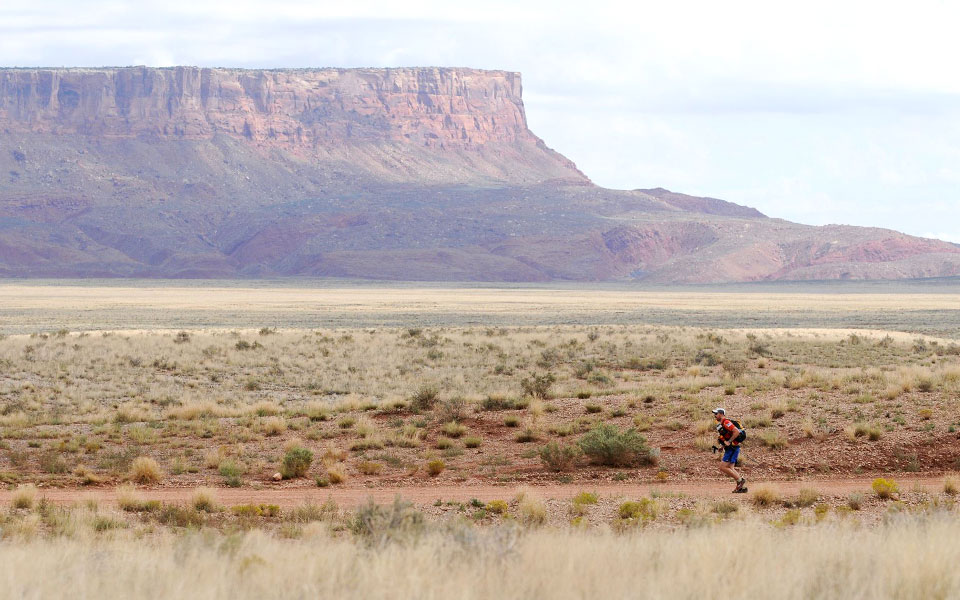
Badwater Ultramarathon
The Badwater Ultramarathon was regarded as the world’s most difficult ultramarathon, with a course winding through Death Valley, California, known as the hottest region in the United States.
Distance and location: The 217.26 kilometre course begins at Badwater Basin and ascends to the magnificent slopes of Mount Whitney.
Important facts: This race takes place in July, the hottest month of the year. The non-stop race takes you close to 3,964.4 metres of elevation, crossing spectacular mountain ranges.
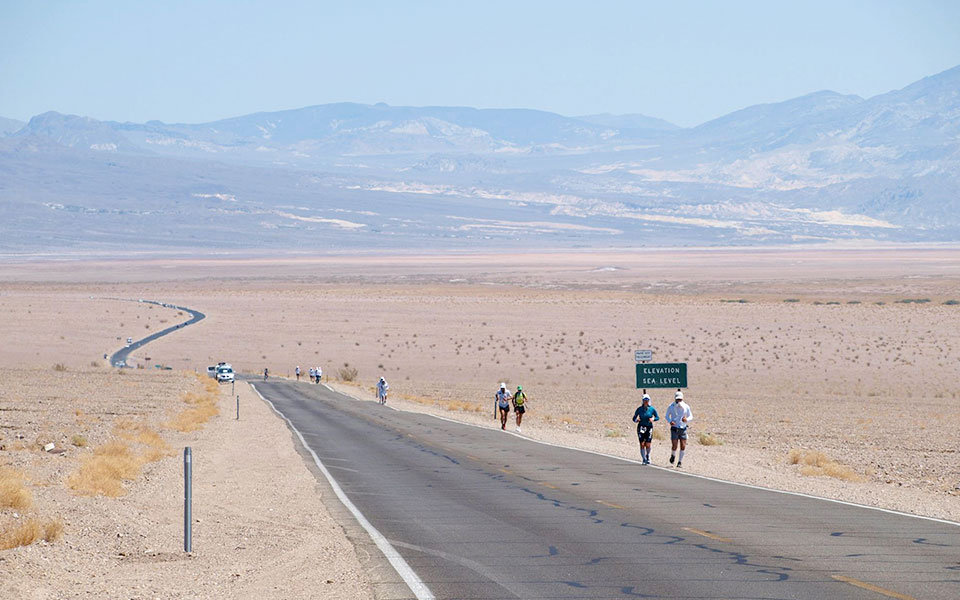
Fat Dog 120
The Fat Dog 120 trail race is a point-to-point race beginning in Cathedral Provincial Park, located north of Vancouver, British Columbia.
Distance and location: The 193.12 kilometre ultramarathon climbs close to 8,612.2 metres through Skagit Valley and Manning Provincial Parks.
Important facts: Held in mid-August, the weather can be extremely hot. Trails cut through ponds, creeks, forested areas and freshwater Alpine lakes. Although the scenery is spectacular, beware of insects, especially if you are running at night.
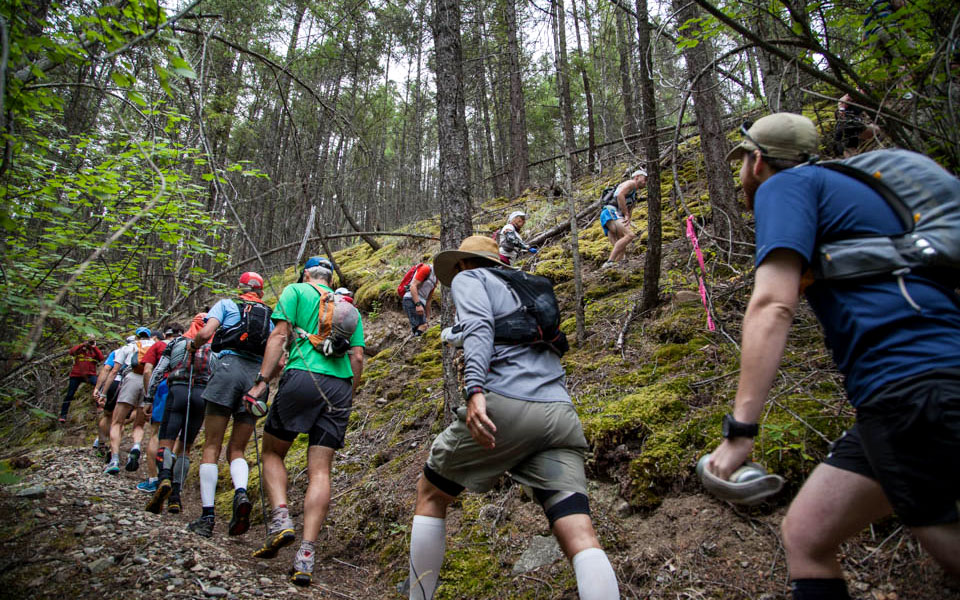
6693 Ultra – Canada
It is reported that only 11 runners have completed the 6693 Ultra race, described as one of the most arduous in the world.
Distance and location: Located in Canada’s Yukon Territory, there are two course options. The first course begins at the Eagle Plains Hotel on the Klondike Highway and crosses the Arctic Circle, a distance of 193.12km. The second course, a distance of 563.27km leads to the Arctic Ocean.
Important facts: Both phases of this race are extremely challenging, mainly due to sub-zero temperatures and strong winds. Running on snow-packed trails through frozen plains and river canyons can take its toll on the most experienced runners. If you attempt this ultramarathon, dress in layers and protect your toes, feet and limbs from frostbite. It is important to stay hydrated and take several rests during your run.
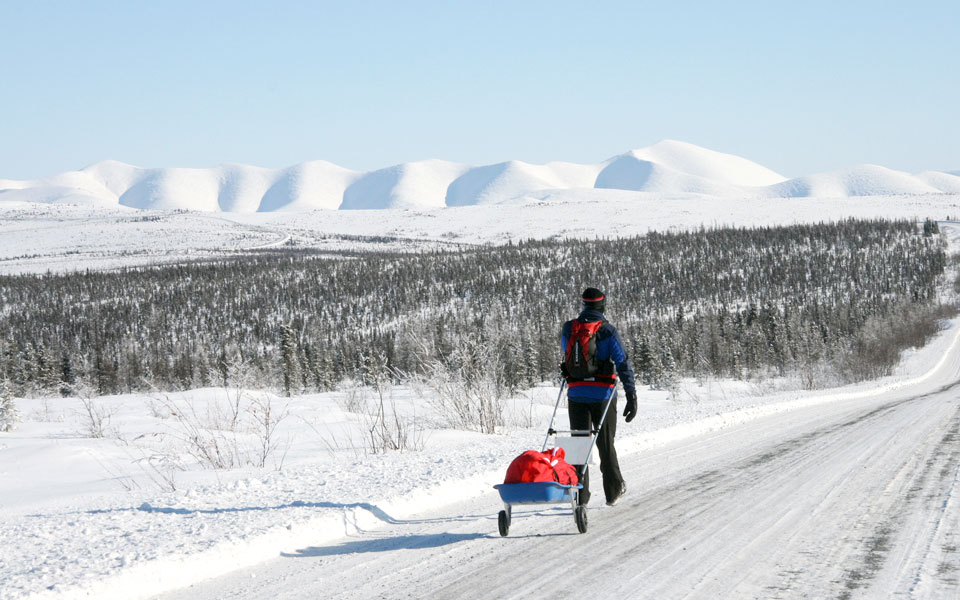
Hardrock 100
The Hardrock 100 endurance run is a 160.93km ultramarathon with a time limit of 48 hours.
Distance and location: Beginning close to Silverton, Colorado, this loop race requires high endurance running, as the loop includes more than 10,361 metres of dramatic ascents and descents, more than any other ultramarathon in the world.
Important facts: The majority of runners who attempt this marathon run throughout the night in order to finish under the 48 hour time limit. Running in extremely high elevations where temperatures stay below freezing, frostbite and altitude sickness can occur. The trails are narrow and snow-packed in some areas, making night-time running tricky. The area is prone to sporadic thunder and lightening storms, which increases the difficulty of the event.
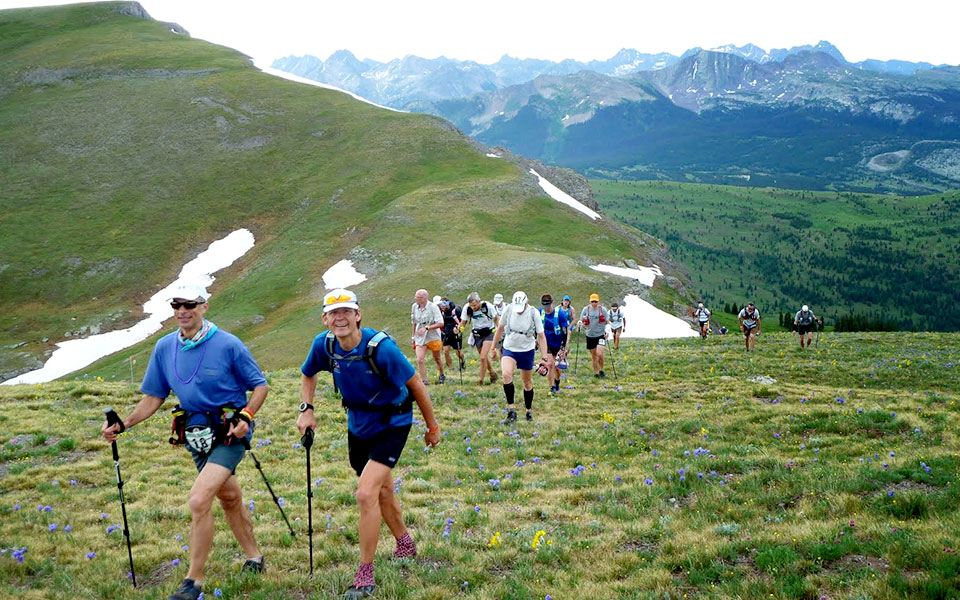
Jungle Marathon
The jungle marathon course includes swamps, river crossings, steep climbs and descents, village trails and fluvial beaches. These obstacles combined with humidity and scorching temperatures make it a daunting and exciting race, but well within the realms of any competitor who has a strong mental mindset.
Distance and location: In the amazing and spectacular primary Amazon Jungle in Brazil, the race offers three distances: a marathon; a 4-stage 127km race and a 6-stage 254km race.
Important facts: Trails are remote and rugged. Temperatures hover around 40° degrees Celsius and humidity of 99%, which attracts a variety of biting insects and dangerous wildlife.

H.U.R.T. 100
Held in the month of January, the H.U.R.T. 100-Mile Endurance Run includes trails winding through dense tropical jungle terrain.
Distance and location: This ultramarathon, 160.94km in length, begins outside Honolulu, Hawaii. Elevations reach close to 7,467 metres in some areas. The trails are narrow and root-encrusted, so it is important to watch for uneven terrain. Only a few sections of the running trail will allow you to run consistently for more than a few hundred yards.
Important facts: The H.U.R.T. ultramarathon is extremely strenuous due to rocky stream crossings through vast jungle areas. The humidity in the area attracts biting mosquitoes, so be sure to wear protective clothing and use high-quality insect repellent.
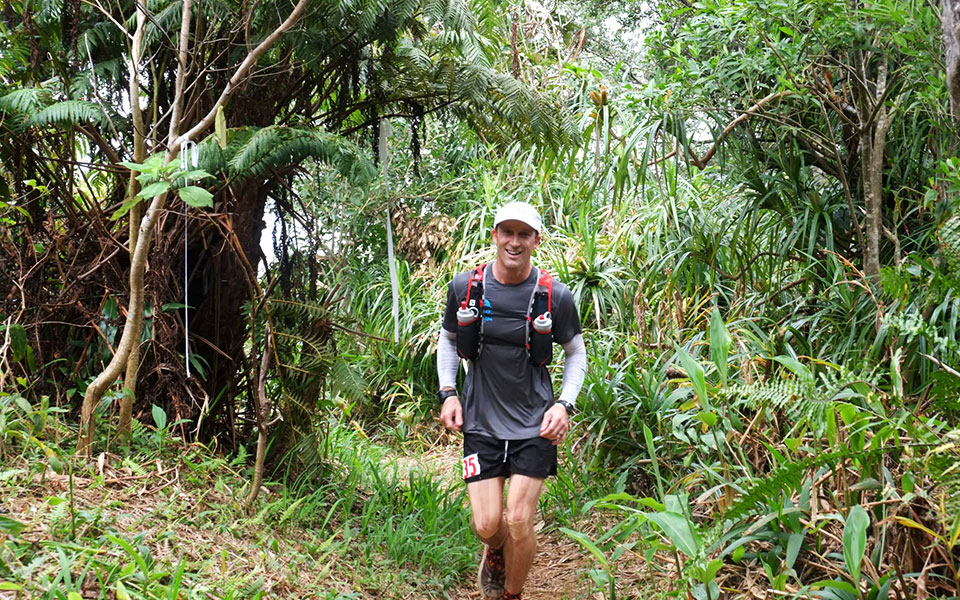
Barkley Marathons
The Barkley Marathons includes a choice of courses. One of the most interesting races, it is structured similar to a scavenger hunt. Runners must traverse hardwood forest paths with thick underbrush. While navigating the uneven, rugged terrain, runners must search for hidden books along the way. After finding a book, you must tear out a page and return it to the starting point. Your running loop will not be considered complete until a page of a book is recovered.
Distance and location: Held in the remote Barkley Mountains in Tennessee, the race begins on Brushy Mountain in the Cumberland Range. Courses include distances of 96.561km and 160.93km. There is a 60-hour time limit for completing the race.
Important facts: There are very few aid stations along the way, especially since you will not be running on specified trails. Be sure to bring along enough food and supplies to maintain your energy. It is estimated that only 14 runners out of approximately 1,000 have successfully completed the race. It is interesting to note that the event is held on 1 April, April Fool’s Day!
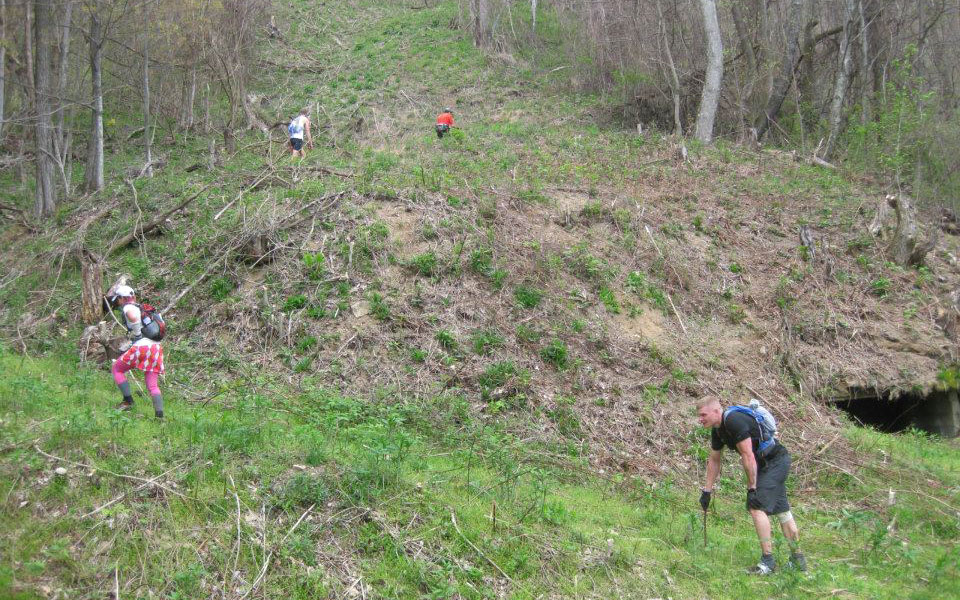
La Ultra
One of the most backbreaking, yet most scenic ultramarathons in the world, the La Ultra takes runners across trails leading to the massive peaks of the Himalayas. A single-stage race, runners must complete the entire distance in less than 72 hours.
Distance and location: The marathon spans a distance of 333km in the Himalaya Mountains in India. Runners must climb three 5,000 metre mountain passes to reach the finish line.
Important facts: Temperature fluctuations have caused many runners to succumb to altitude sickness and dehydration. It can be extremely hot and humid during the morning but bitterly cold after dark. Many runners run at night in order to gain time.
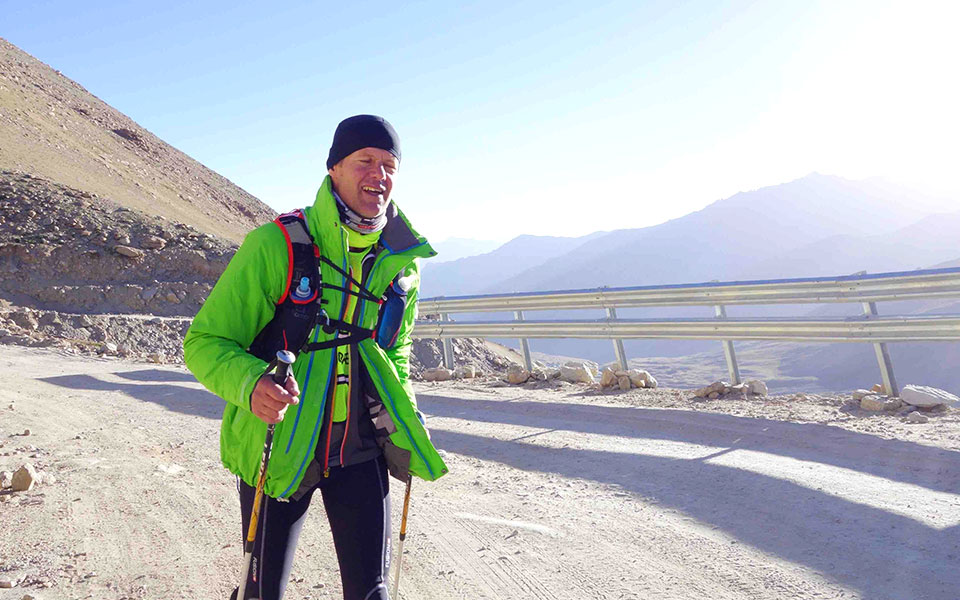
Tor des Géants
Although one of the toughest ultramarathons in the world, the Tor des Géants may be worth the toll it takes on your body to view magnificent mountain ranges, stunning waterfalls, spectacular sunrises and nightly meteor showers.
Distance and location: Held in the snow-capped mountains in Northern Italy, the course spans a distance of 336km. You will climb close to 24,000 metres before reaching the finish line. The trail includes 25 mountain passes, each over 2,000 metres in height. Although there is no specific time limit, the record time for completing the marathon is three days.
Important facts: In addition to the altitude, you will encounter extreme weather conditions, including wind gusts, freezing temperatures, hail and lightening storms. The race is designed to push runners to extreme limits.
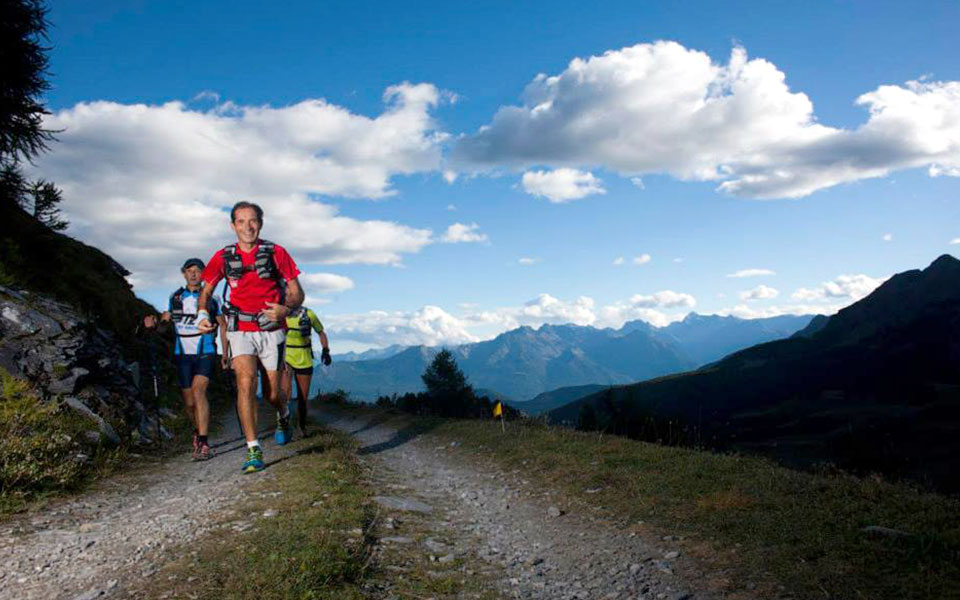
Proper Training and Conditioning
Regardless of your running skills or experience, before attempting an ultramarathon, you must spend the necessary time training and conditioning. If you have been competing in full road marathons, you may have the strength required for running long distances. If you are participating in an ultramarathon that involves rugged terrain, high altitudes or extreme weather conditions, you should thoroughly research the area and description of the race before entering.
It is important to dress in layers and bring along a few pairs of well-fitting running shoes suitable for specific terrains. Most importantly, as many races are lengthy and extremely difficult, make sure to bring along necessary food and liquids in order to maintain strength and hydration. Winning or even placing in an ultramarathon is not as important as your personal safety and health. Regardless of the outcome, you will have bragging rights for years.
What is the most challenging ultramarathon that you have taken part in before? Share with us your race experience and claim your bragging rights!




